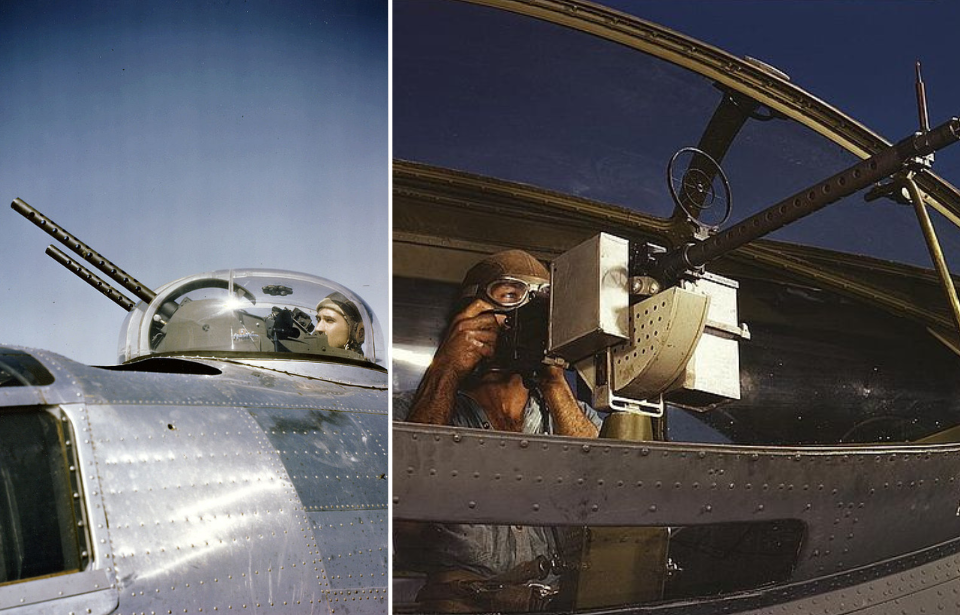Aircraft made their combat debut during the Italo-Turkish War of 1911-12. Just a few years later, during the First World War, they appeared in much larger numbers. To be effective, they needed the ability to shoot down enemy aircraft, which is something they accomplished, in part, through the use of air gunners.
World War I: Target shooting and reconnaissance
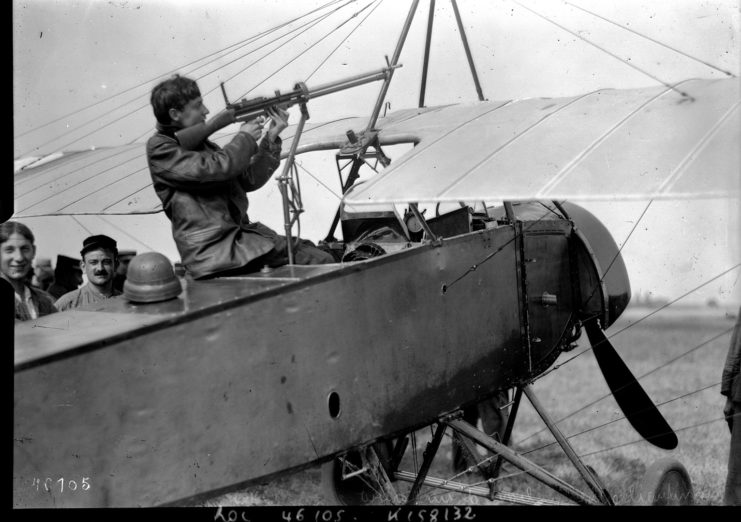
Air gunners serving during the First World War were quickly trained. The process included camera guns, to see if they hit their marks, as well as paper targets, and it wasn’t long after that they took to the air in combat. These gunners performed a number of jobs outside of their primary role. They served as a second pair of eyes for pilots and were tasked with reconnaissance, keeping an eye out for enemy positions.
A number of aircraft were designed to house gunners during World War I, primarily in the nose. These included the Vickers Vimy, Martin MB-1, Caproni Ca.1 and the Handley Page Type 0. The first instances of tail gunners occurred in the Russian Empire, with the development of the Sikorsky Ilya Muromets. Another notable example of an aircraft making use of rear gunners was the Handley Page V/1500, but it wasn’t introduced until the final years of the war.
The Germans ruled the skies in the early days of WWI, thanks to the country’s technological advancements. By the end of the conflict, however, it was easy to see that Allied aircraft had caught up and were just as effective, if not more so.
World War II: Strategic bombings
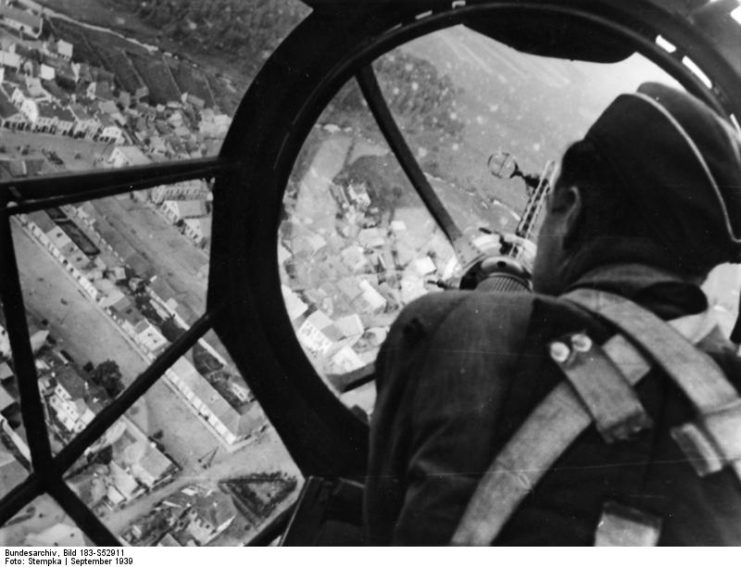
Air gunners continued to serve during the Second World War. The strategic bombing of key enemy positions, such as ports, cities, railways and industrial areas, became much more common, and air gunners, again, served as extra eyes. The bombers tasked with performing these air raids often flew through fortified areas, so it was gunners’ task to fire back if the aircraft came under attack.
Many of the air gunners who served during the First World War worked by themselves. As bombers got bigger toward the start of World War II, however, more could fit onboard. For example, the Boeing B-17 Flying Fortress, fitted with 0.50 Browning M2 machine guns, could carry a number of air gunners within its crew of 10, including waist and turret gunners.
Being an air gunner was incredibly dangerous
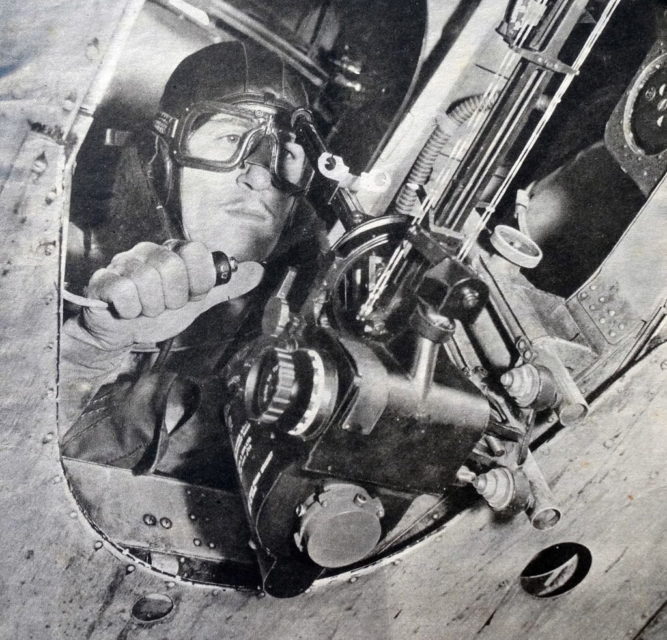
The job of an air gunner could be brutal at times. They were made to sit in cramped spaces on flights that lasted up to 10 hours. Hearing was also a problem, as they were often stuck with the booming sound of their aircraft’s engines in their ears. Above all, serving as an air gunner was incredibly dangerous, with tens of thousands killed over the course of the Second World War.
Along with being the most common position, serving as a tail gunner was also the most risky, as the Luftwaffe preferred to take on opposing aircraft from the rear. On top of this, there was also little protection from the elements, meaning tail gunners oftentimes suffered frostbite. Nose gunners were less common, as the feature was largely kept to multi-engine aircraft, while the majority of heavy bombers and strike aircraft featured a spot for top gunners to position themselves.
Among the most interesting – and dangerous – positions to serve in as an air gunner was in the ball turret, located underneath some American-built aircraft during WWII. Primarily constructed on B-17s and Consolidated B-24 Liberators, these cramped positions could rotate 360-degrees, allowing gunners to scour an entire area while protecting the underbelly of their aircraft.
A number of air gunners became aces
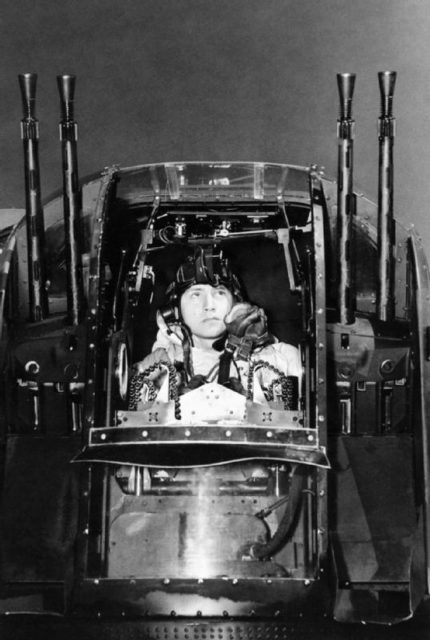
The names of some of US Army Air Force’s greatest WWII-era pilots are etched in memory, including Francis “Gabby” Gabreski, Gregory “Pappy” Boyington and Joe Foss. To be deemed an air ace, an aviator needed to shoot down at least five enemy aircraft. Among the air gunners with the most impressive wartime records were:
- Staff Sgt. Michael Arooth of 527th Bomb Squadron, 8th Air Force – 17 victories (at least) over the course of 14 missions.
- Tech. Sgt. Arthur Benko of 374th Bomb Squadron, 308th Bomber Group (Heavy) – 18 victories against the Japanese.
- Staff Sgt. Donald Crossley of 333rd Bomb Squadron, 95th Bomb Group, 8th Air Force – 12 victories.
Many more air gunners achieved their fair share of kills. Many of them have been overshadowed by the exploits of fighter pilots and those manning the aircraft on which they served, but it can be argued that, without their efforts, the Allies’ success against the Axis powers would have been less than it was.
The air gunners who served in the World Wars left a lasting legacy
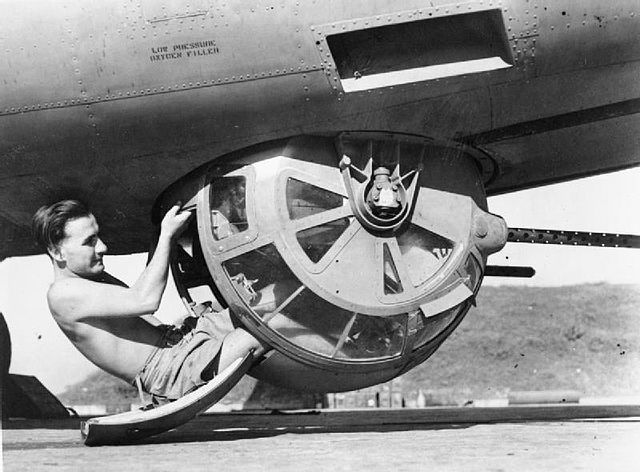
Throughout the course of the First and Second World Wars, air gunners were an invaluable asset. As time went on, however, technology advanced and aircraft were eventually able to fire their guns without the need for individual operators, meaning the role of air gunners became less necessary.
More from us: The Allies Faced Many Difficult and Ingenious Beach Obstacles During WWII
That being said, the position still exists. Some crew members onboard helicopters are charged with firing weapons, although they tend to serve in other positions, such as crew chief or an observer. As well, air gunners also serve onboard gunships, such as the Lockheed AC-130. Though not directly responsible with manning the weapons, they do load ammunition and are trained to fire them if a malfunction occurs.
